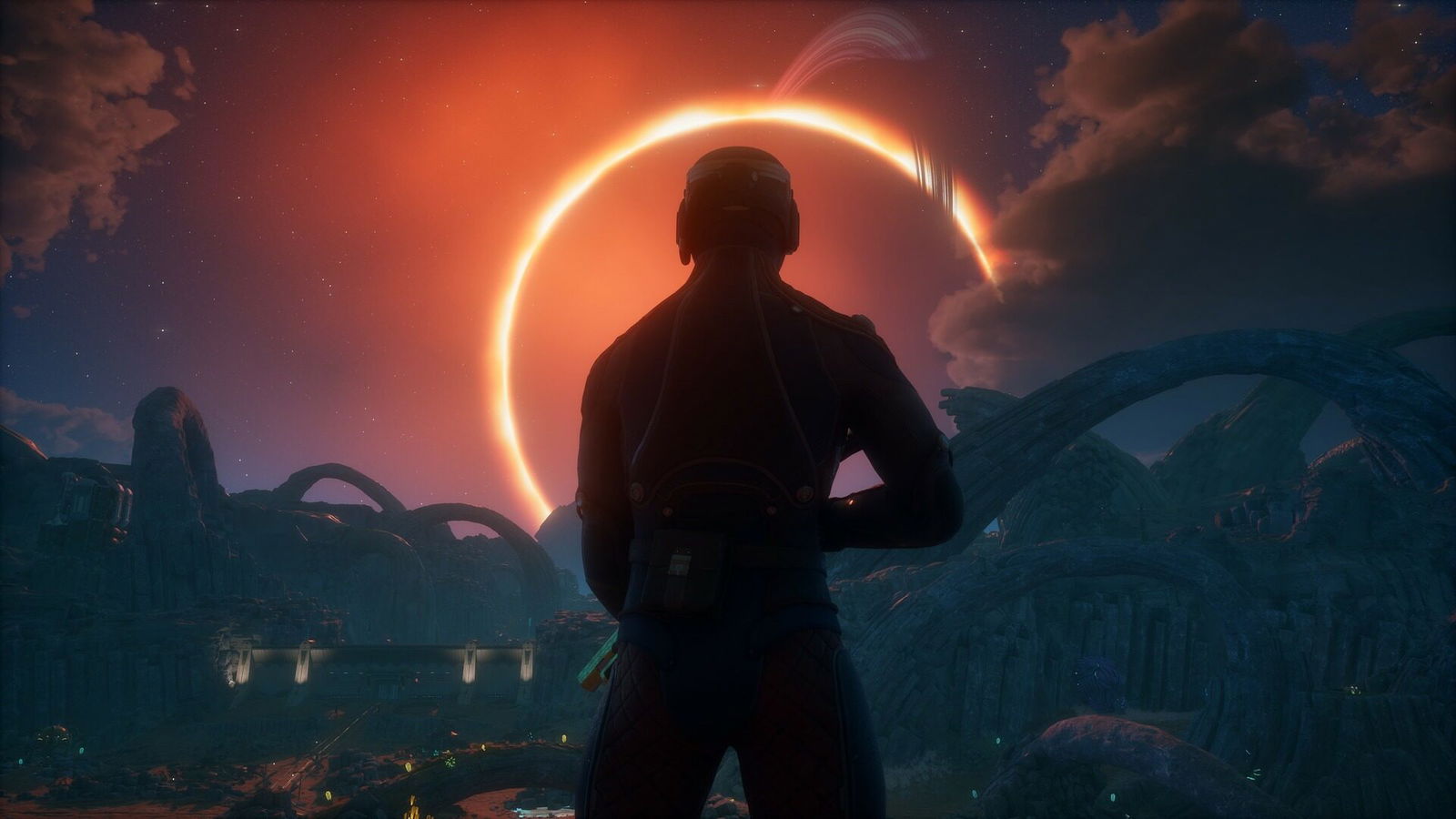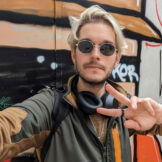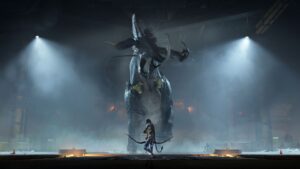After being perhaps best known for developing sequels for licensed properties such as Star Wars, Neverwinter Nights and Fallout, leadership at California-based Obsidian Entertainment decided, in early 2016, that it was time for a new RPG set in their own original world. They decided that the best person to helm such a project would be Tim Cain, who joined the company in 2011 and was one of the two creators of the Fallout series. Cain then himself invited Leonard Boyarsky, with whom he created Fallout, to embark on developing what eventually became the space RPG The Outer Worlds, released in 2019. The game was generally well received, even though some criticized the short length of the campaign and lacklustre player decisions.
A sequel, The Outer Worlds 2, was announced in 2021, but it was this year that things, including the release date of 29 October 2025, finally started falling into place. During gamescom 2025, I not only got the chance to go hands-on with the game for a full hour (preview impressions to follow shortly), but also to interview The Outer Worlds 2 director Brandon Adler.
Adler took up the directorial mantle from Tim Cain after the latter decided to instead serve as a creative consultant on the game. I also spoke with creative director Leonard Boyarsky. In my interview, I asked the pair about what they learned from both Fallout: New Vegas and the first The Outer Worlds, what The Outer Worlds 2 brings to the table, striking a balance between serious and whimsical writing and more:
Hello, and thank you for having me! Starting off, what would you say most sets apart The Outer Worlds 2 from its predecessor?
Brandon Adler: From very early on, we had identified a handful of things that were really important to us and that we knew that the players were going to want. One of those was bigger areas. So, we knew that that was going to be a top thing. We knew that we wanted to have deeper RPG [mechanics]…and so we really targeted that as well. The combat, as well. We kind of went out and said: “Hey, we want to make the combat feel really good”. Not only just the gunplay, but also the movement and all of the different abilities that players can use. All of these things were targeted fairly early, and that’s how we set ourselves apart from the first game.
In interviews from late last year, one of the two The Outer Worlds co-directors, Tim Cain, who remained on The Outer Worlds 2 as a creative consultant, praised the team working on the sequel when it comes to overcoming pitfalls of the original and even solving problems of the genre as a whole. Can you offer some insight into what these pitfalls and problems were and how the team tackled them?
Leonard Boyarsky: I think it was time and resources. We were trying to do a lot with very little time and not a huge team. We’re very proud of what we did, but…the previous games we made have always been really deep and very reactive. And, in the first game, we didn’t have the ability to do things that would change your gameplay, so that you couldn’t see like 10% of the game, because that would have…the game was like 20-30 hours — we couldn’t cut that up.
So, I think there was that [but] also a lot of other things: we were working with a brand new team and a lot of people who hadn’t worked on RPGs before. The fact that now we’ve had more time and are able to leverage some of that experience…and, actually, we learnt a lot about working with new people and really talk to them about stuff like, “What happens if the player shoots that person before they even start talking to them”? And so, we kind of started approaching the game from the standpoint of “What are all the things you can do, and how are we going to design it so that we can accommodate them?”
Brandon Adler: To your point, one of the pitfalls of having highly reactive gameplay, like Leonard said, is that you have to cut that off early and understand, “Okay, well then, what do we need as contingencies?” In some cases, a pitfall could be when you have a lot of different, reactive elements that can really expand the amount of content you need to make. And so, how much can the team actually make? So, thinking of smart ways in which you can either combine those things or make them work together in a good way requires a huge amount of planning early on or even while you’re doing it.
In our case, we’ve been doing this for a while, so we can use and leverage our experience to make sure that: “okay, if you’re going to do this, that’s going to lead to this”. We’ve got enough people around to actually support that kind of thing. It can be a challenge, but we’re pretty good at it because we’ve been doing it for so long.
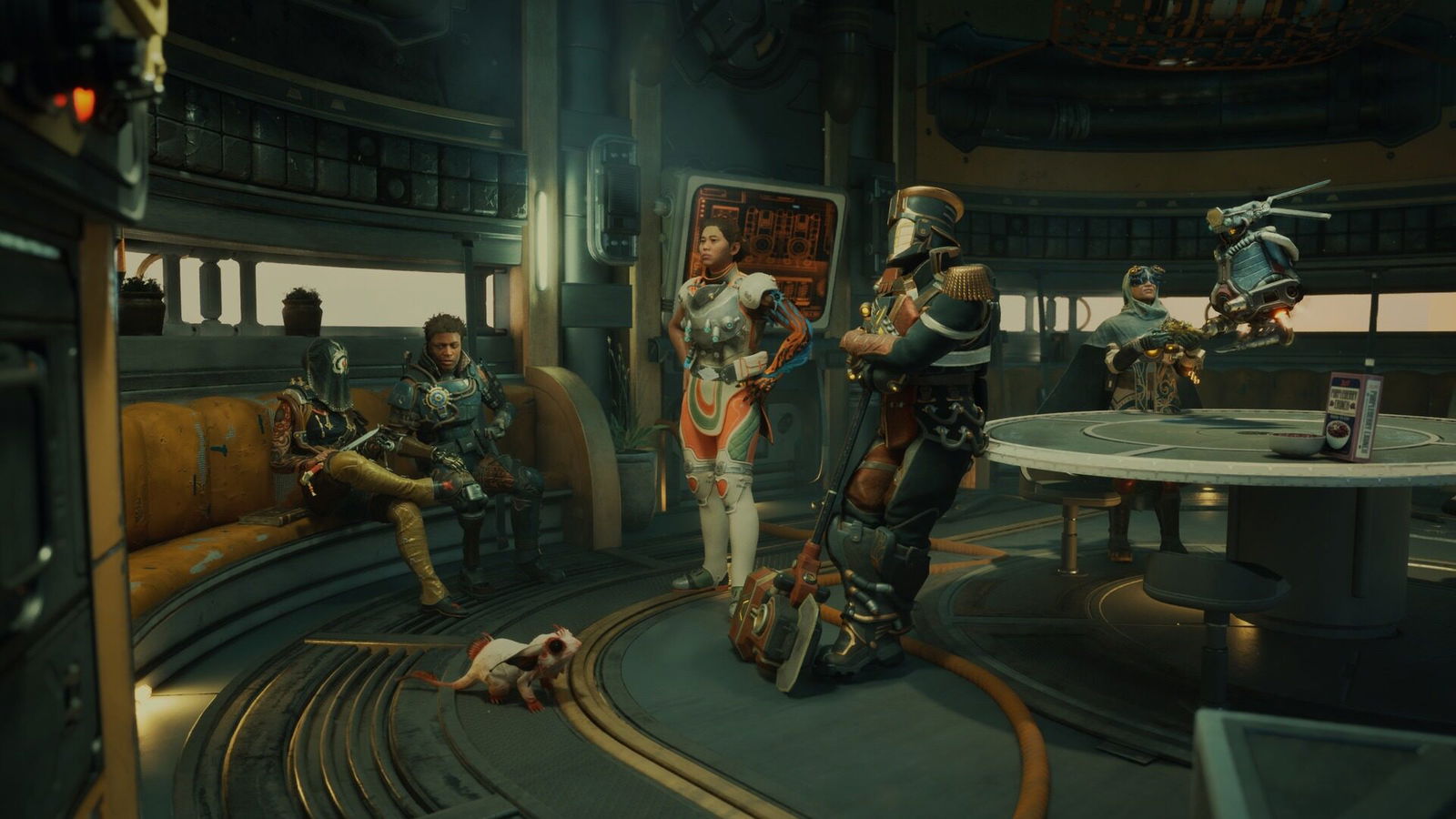
Seeing as The Outer Worlds 2 takes place in a new space colony altogether, what would you say, in broad strokes, connects the stories of the two games?
Leonard Boyarsky: It’s really all about the universe. We set out to create a universe, not just the colony of Halcyon. That was always the plan from the beginning. So, the first game is about, basically, the robber barons in space thing and what happens when late-stage capitalism is left unbridled. But we also wanted to discuss different things. In the first game, we pretty much focused on that: we were very tight in our focus, [as] we really wanted to establish that tone.
You know, if there had been a lot of conflicting things, fighting amongst each other, because it was such a short game, I don’t think it would have had the humorous or emotional impact it did. But now that we’ve established that and people know what to expect from The Outer Worlds, we can now split that up and start showing different factions fighting with each other and completely different points of view.
It also gives us the ability to hit different humour, as there was a single strain of humour in the first game. With the sequel, we now have this authoritarian dictatorship and their old state religion. So, we have politics, religion and corporatism. So, it’s just this ability for us to do all of that, but, really, ground it in that same universe — that’s really always been the plan.
That’s one of the reasons that, even in the first game, we started to make a point of the fact that the colonies have started to fracture and that they’re kind of cut off from each other. That gives us the ability to tell completely different stories still within that universe…and shift what we’re doing and address different things without it not feeling like the same universe.
Brandon Adler: Well, in The Outer Worlds 2, we knew early on that we wanted to expand this out, like Leonard is saying, but we also wanted to have a touchstone for people. Like, what are the things that they’re taking from the first game? Auntie’s Choice is one of those things: we took two of the corporations from the first game, and we had a corporate merger happen. And so, Auntie’s company took over Spacer’s Choice, and we then brought them into the next game. And, you know, they’re one element, one of the three major things that are there in terms of the major factions.
So, players get that bridge, but they also get to see how they react in a completely different scenario and situation. And, we’re able to tweak them and play with them — we actually made them a lot more cutthroat, so, when you’re dealing with them, the way they talk about things, the way they deal with stuff is always about climbing the corporate ladder and much less, not necessarily silly, but, we definitely wanted them to be sharper in the second game.
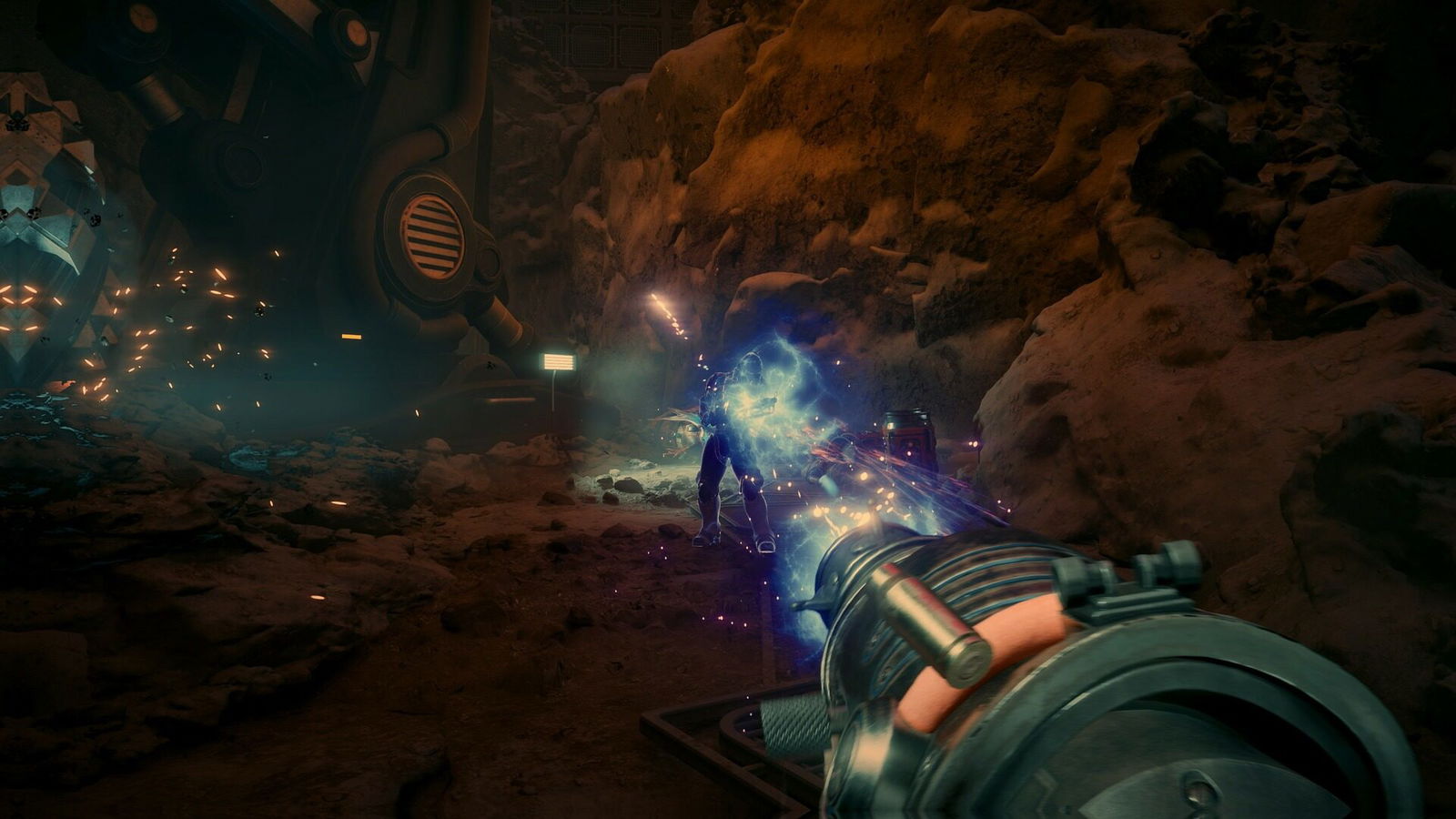
Regarding the tone of The Outer Worlds 2, how does the team ensure that the balance between seriousness and whimsy is just right?
Leonard Boyarsky: That’s really an iterative process — it’s making sure we’re not always just going for the jokes. One of the things I’m always talking to the writers about, if they come to me with something funny, is, “What are we saying with that”? And, sure, there are times where we’re just like, “Okay, we have to put that in the game – that’s hilarious”! But, even then, we don’t ever just try to leave it at humour. There’s no one-size-fits-all thing: sometimes the humour comes first or sometimes the seriousness comes first, but there’s always that balance.
It’s like, “Okay, if this feels really silly, what’s the dark thing that’s underneath it?” Because that’s almost like a key to the franchise — it’s about using the dark absurdity of the stories that people are convinced are true or that they tell themselves are true, and just pushing that to the extreme, like satire does.
When it comes to stories crafted by Obsidian, Fallout: New Vegas comes to mind first for most players. What would you say are the most important narrative lessons that were learnt then and that still resonate with regard to the plot of The Outer Worlds 2?
Brandon Adler: There’s a few different things, but you can even see it in terms of how we have our three major factions fighting over one core problem. And then, we like to let the player insert themselves into that. So, they can help any of the different factions attain their goals, or they can basically tell them all to f* off and do their own thing. So, that storytelling device was really important to us as we were putting this stuff together.
Another thing that I thought New Vegas did really, really well is that it allowed for a very open story…the story leads the player to a bunch of different places, but, at the end of the day, if you wanted to skip all that and go straight to New Vegas and take care of business, you could go and do that. With The Outer Worlds 2, we wanted to construct our story in very similar ways and give the player these long-term goals…but they could also bypass it and skip that if they wanted or if they knew where to go and deal with stuff. There was a balance in trying to get a more traditional and open story together.
Leonard Boyarsky: So now, we have the best of both worlds where…we have this main story arc and, if you’re going to push through it fairly quickly, it can still feel like a decent-sized campaign that’s not expecting you to devote your life to it. At the same time, there’s all this other stuff to explore. Players can choose to have one playthrough in which they’re mainly focused on the main story and another playthrough in which they’ll explore these different areas that they didn’t hit in the first go-around.
It’s up to the player to make their choices about not only about moral dilemmas or what they’re going to do with the factions, but also about how they want to play and approach this game, “Do I want to run through it just killing everybody, or do I want to get really deep and talk to every NPC I can find”? So, that kind of breadth [of choices] is really in the same family as New Vegas or even some of our earlier games. This is something that Obsidian and even my previous company, Interplay, did really well.
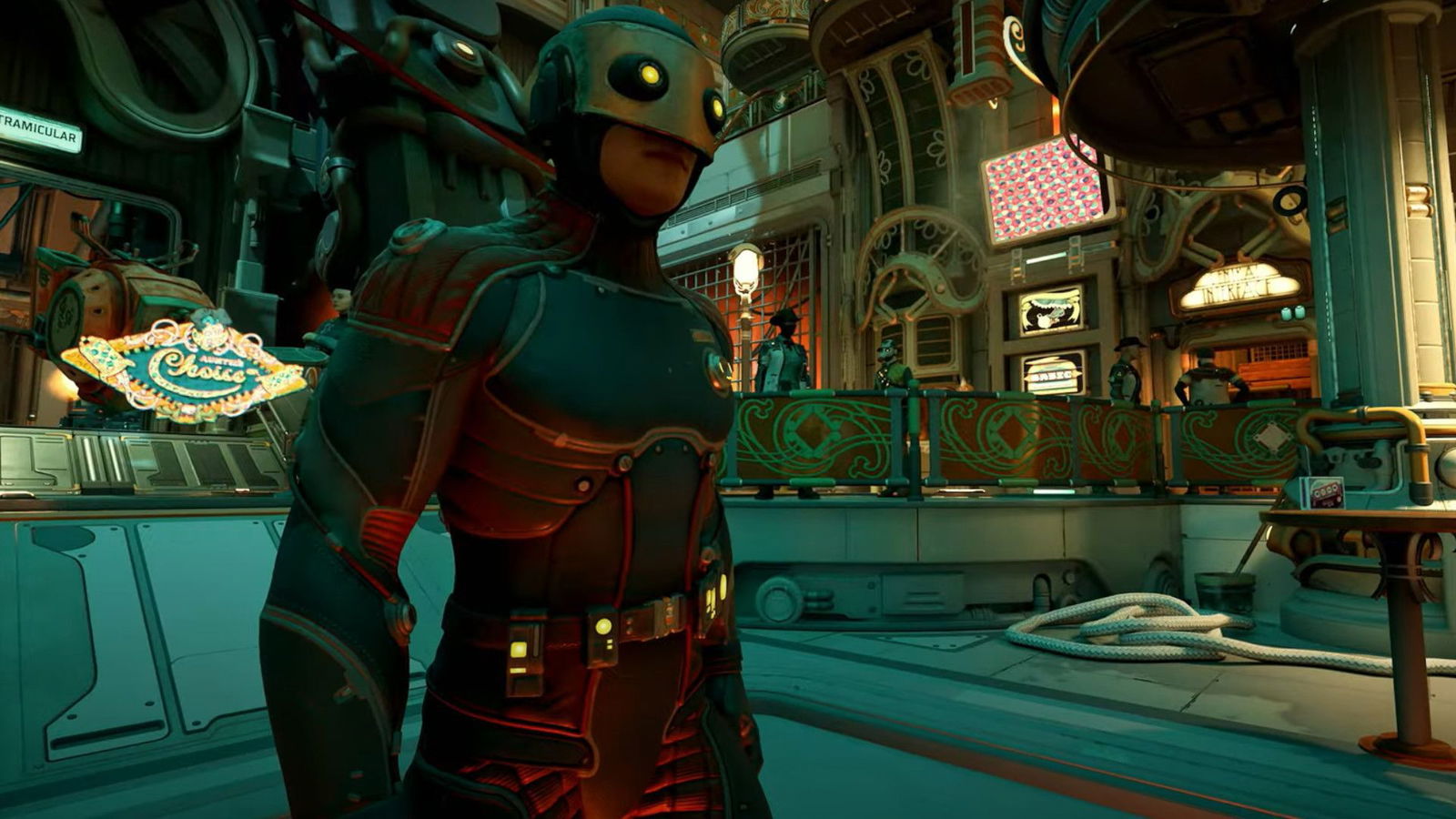
Moving on, from stealth mechanics to cool new weapons, everything seems bigger and better when comparing The Outer Worlds 2 to the original. Is there any mechanical addition that you’re especially excited about?
Brandon Adler: I really like our RPG interaction systems. For example, I can hack this panel and it’ll do something in the world, or if another player finds an item in the world, they can actually access stuff in different ways. I thought that was a really important thing, and it felt really good for us to add that stuff in because it just allows for player expression. It just feels like you’re roleplaying a lot more when you can do that stuff directly in the world.
Given the release of this year’s Avowed, how important was it to you and even the fans that a third-person camera view would be implemented in The Outer Worlds 2?
Brandon Adler: To be completely honest, it wasn’t something we originally intended — we planned on this game being first-person only. But, after a couple of years, we had a discussion about it because we think this is not just something that players want, but also something that is going to add to the experience. It’s just a different view on things, and some people really like that third-person perspective.
It wasn’t like the success of Avowed had us working on it, because we started implementing it in The Outer Worlds 2 before Avowed came out, but it was confirmation that we were on the right track if people were happy that Avowed had a third-person view.
Given that The Outer Worlds 2 will feature more than 90 perks and 30 flaws, would you consider every build a viable one, at least to a certain extent, especially since respeccing is not an option?
Brandon Adler: Players could probably actively go out of their way to make a horrible character, and they’d have a tough time about it, but I think they’d really have to try for that. We have over 90 perks and over 30 flaws that add cool gameplay benefits, and we have so many different weapons, armours and mods, which means that players can really kind of do whatever they want.
We give players a lot of opportunities to make great and fun builds, and, really, what we’re trying to aim for is: is there a lot of synergy between all of these different elements? Does the build feel good to play with? If we’ve done that, then we know we’ve done our job.
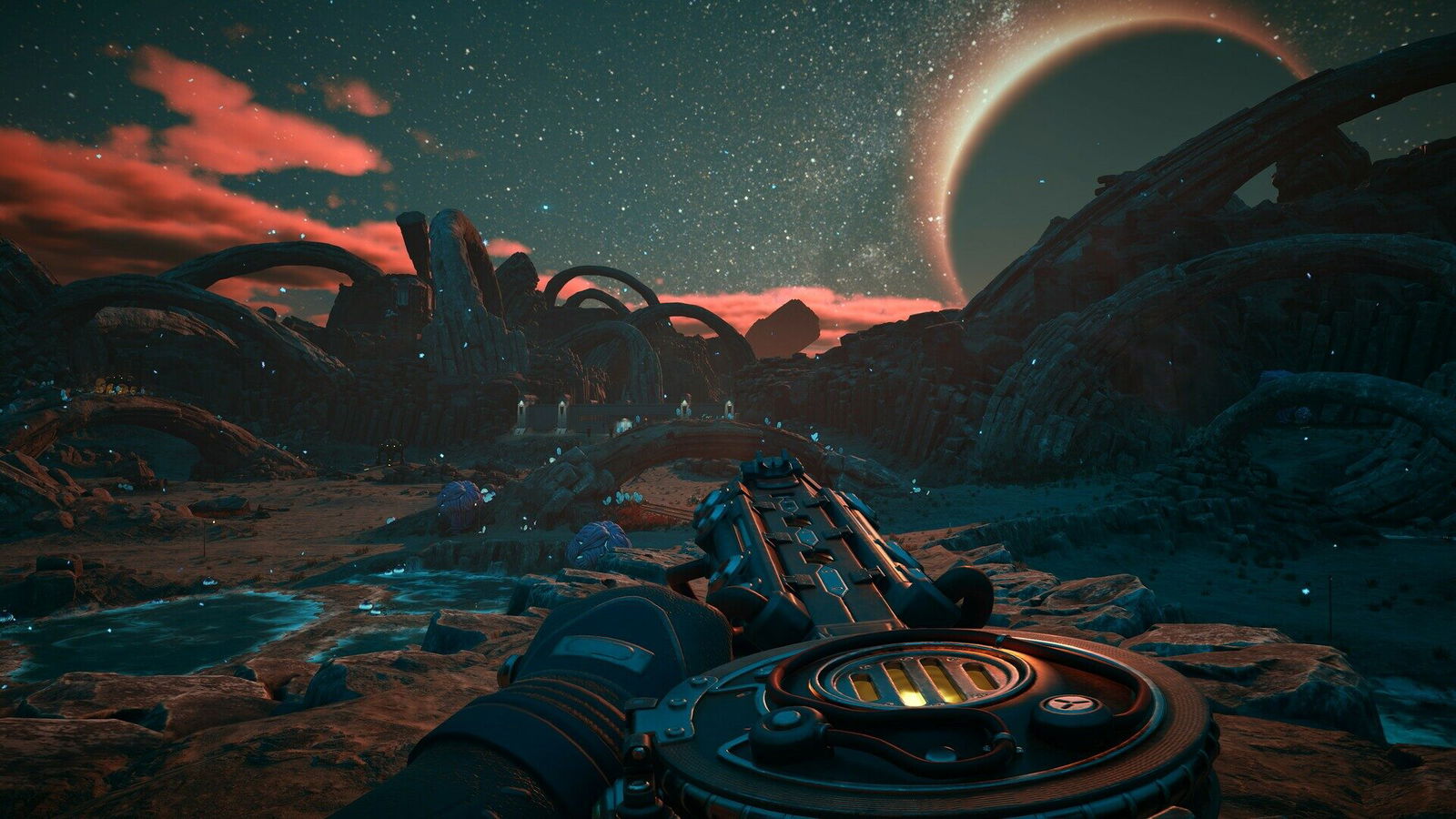
How do you both personally like to play The Outer Worlds 2?
Brandon Adler: My preferred build is always going to be a stealth sniper that does a lot of damage, gets to sneak into areas and whatnot. What I’m actually enjoying right now, in my latest playthrough, is the leadership perk, which I didn’t think I was going to like. But, man, I really enjoyed it, because you can make some absolute monsters out of your companions!
And, not only that, they actually augment what I do: so, if I get into a situation where they do damage to something, if I target that same thing, I’ll do additional damage. So, we can get some really crazy stuff together — I think builds around leadership are going to be very viable and very fun for people.
Leonard Boyarsky: I generally try to start out being a stealthy and speechy guy, so I do a lot of exploration and then, you know, when I need to have a go at enemies, I do it without getting too close. But I generally fail at that! [laughs] I’m not very good at stealth gameplay, even though I love doing it when I can. So, I’m being honest with myself this time around, and what I’m playing right now is somebody who has a lot of speech but also with a lot of fighting ability. I’m also really enjoying the explosive stuff: disarming explosives and then being able to use them elsewhere myself.
Anything else you’d like to add about The Outer Worlds 2?
Brandon Adler: I had a lot of fun making this game and, if you love RPGs, you’re going to love The Outer Worlds 2 — it’s going to be the game for you.
The Outer Worlds 2 releases on October 29, 2025, on Xbox Series X / S, PlayStation 5 and PC.
